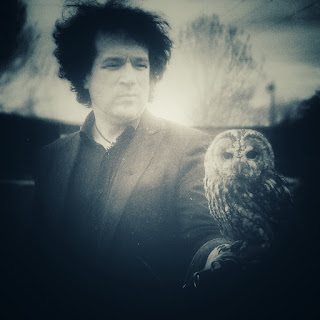Photo credit: Neanderthal Museum (Mettmann, Germany)
Thus I'm always interested to read studies that lend support to the possibility of sexual shenanigans (and thus genetic exchange) between different archaic human populations; i.e. of homo sapiens copping off with Neanderthals, Denisovans, and who knows who (or what) else in the promiscuous, prehistorical past. It's rather nice to think that the modern human genome carries a small percentage of DNA from now extinct species that were pretty much but not quite human in the same way as us.
Of course, I'm aware that some researchers like to argue that observable genetic affinities between archaic and modern human populations are in fact explainable in terms of common ancestral polymorphisms - and not admixture - but even they cannot rule out the possibility of introgressive hybridization due to some degree of fucking around and that thought makes me smile.
Of course, I'm aware that some researchers like to argue that observable genetic affinities between archaic and modern human populations are in fact explainable in terms of common ancestral polymorphisms - and not admixture - but even they cannot rule out the possibility of introgressive hybridization due to some degree of fucking around and that thought makes me smile.
However, just to be clear, I'm not saying that all passionate encounters with strangers make happy or that heterosis always makes healthy. It's now thought, for example, that modern man's proneness to allergies is due to the presence of three genes picked up from Neanderthal lovers - that hay fever is a sign not so much of our own hypersensitivity, but of the brute in us!
But inbreeding is far more likely to end in depression and reduced biological fitness than mixing things up a little; even the three genes mentioned above that cause some of us to itch and sneeze every summer, must also have conferred some evolutionary advantage (probably boosting the immune system, since they are involved in the body's defence system against pathogens).
So, to conclude: we should be grateful to our ancient ancestors who took the risk of loving those outside their own family, tribe, race, or species. Without such pioneers in perversity, we wouldn't be where we are today ...
This post was suggested to me by Dr Andrew Greenfield, to whom I am very grateful.

























